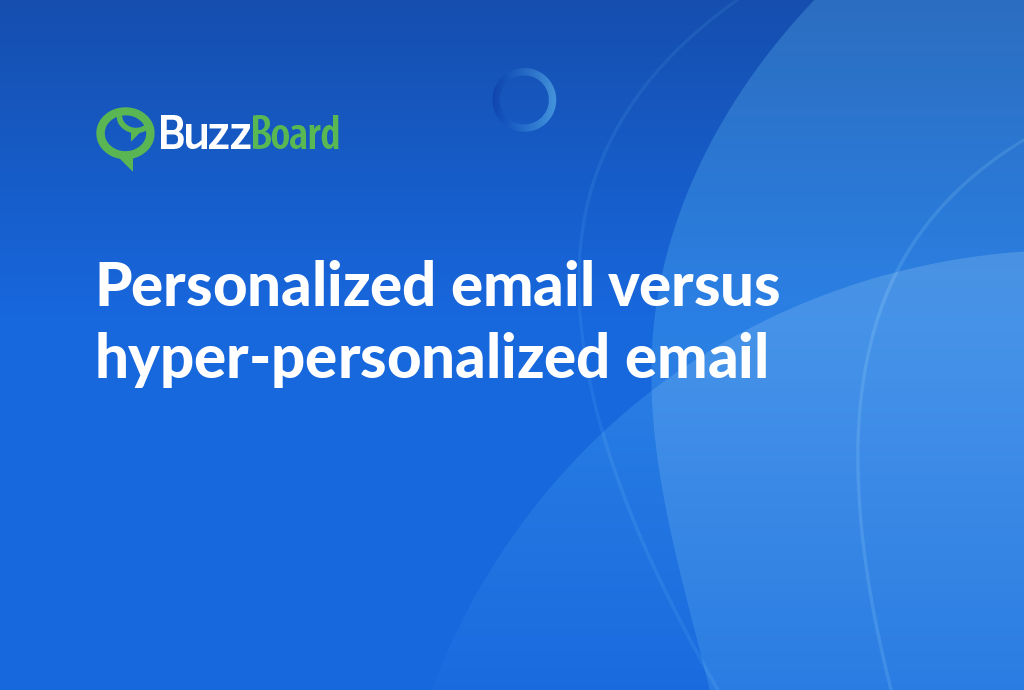Understanding the Importance and Use of Heatmaps for Local Businesses
Heatmaps can be a potent tool for local businesses navigating the ever-shifting competitive business landscape. They offer a visually intuitive way to analyze user behavior and procure actionable insights from existing website traffic.
Local businesses can use heatmaps to monitor website visitor interactions—from clicks and scrolls, to areas often overlooked. These interactions are depicted in color-coded images, clearly laying out patterns of user behavior for easy analysis. Essentially, businesses can pinpoint areas that attract and repel users using heatmaps.
For digital marketing agencies, understanding heatmaps can greatly aid in charting a user’s journey across a website. The data from these maps can make UX optimization an intuitive process—emphasizing popular areas and adjusting low-impact sections, while relocating crucial features like ‘Call-to-Action’ buttons to enhance visibility.
The primary aim of heatmaps is to drive up conversions. They outline the common pathway of a website visitor, unearthing any possible roadblocks or distractions that might impede smooth conversions. Businesses can strategically use this information to refine their user experience, significantly elevating their conversion rates.
How Heatmaps Play a Vital Role in User Behavior Analysis
Heatmaps are a powerful tool for understanding user behavior and enhancing conversions, particularly for local businesses. They offer a visual representation of data that displays where users are clicking, scrolling, and spending time on a webpage.
Salespeople, particularly those working for digital marketing agencies servicing small and local businesses, can greatly benefit from using heatmaps. They can offer their clients valuable insights into their customers’ behavior. Analyzing heatmaps helps them better understand the effectiveness of a webpage and areas that require improvement. These insights can then be used to optimize the website’s user experience (UX), potentially leading to a substantial increase in conversions.
Heatmaps are quite easy to understand. The areas with the most user interaction are highlighted in warmer colors such as red and orange, while less popular sections are shown in cooler colors. For a local business, this tool can help isolate elements that garner the most engagement on their web pages, providing actionable insights to refine your site structure.
For example, you might discover that locally-oriented content generates significant interaction or ‘heat’. Thus, emphasizing such elements could boost your conversions.
Furthermore, businesses can run A/B tests based on heatmap findings. This allows them to verify whether changes inspired by heatmap insights truly improve performance. Such testing enables businesses to make data-driven decisions, rather than relying on guesswork.
In conclusion, heatmaps play a critical role in enhancing conversions for local business clients. The insights gained can lead to UX optimization and more informed decisions around content and design layout.
Effective Ways to Increase Conversions Through Heatmap Data Insights
Utilizing heatmaps to bolster local business client conversions is more than just a digital marketing trend; it’s a necessity. It facilitates efficient UX optimization with the potential to significantly elevate your website’s overall performance. The premise of this technology is to analyze user behavior derived from visitor interactions on your website.
In essence, heatmaps are visual renditions of data utilizing color coding to denote different values. They can identify which areas of a page attract the most attention or where users often click. These actionable insights can aid in understanding visitor needs, preferences, and behavioral patterns.
With a comprehensive understanding of these patterns, businesses can design their websites in a way to harness potential opportunities, lower bounce rates, and enhance overall user experience. The end goal is more conversions, leading to increased profits for local businesses.
Be sure not to get absorbed in the colors. Accurate interpretation and application of heatmap data insights are crucial. It requires careful observation about not only where customers are clicking but why they might be doing so. Also, juxtapose the heatmap outcomes with other sources of data for a sturdy interpretation and validation of information, such as your website analytics or customer feedback surveys.
Initiating heatmap usage involves tools like Crazy Egg or Hotjar. They not only generate heatmaps but also offer additional insightful features like scroll maps and click reports. Where will your newfound data direct you, and what impact will it have on client conversion? The only way to discover is by starting.
Practical Case Studies Showcasing the Successful Use of Heatmaps for UX Optimization
Sales professionals seeking to increase efficiency in local business client conversions could significantly benefit from integrating heatmaps into their digital marketing strategy. Heatmaps, which provide a visual display of user behavior analysis, serve as potent tools for UX optimization by translating raw data into actionable insights.
An exemplary application of heatmaps comes from the legendary Danish company, Lego. Through employing heatmaps, Lego gained substantial insights into their website navigation experience and user engagement patterns. Their heatmap analysis indicated that users engaged heavily with the testimonials section, leading to a UX optimization that emphasized this component. The overhaul led to a notable boost in conversions and enhanced their local and global business impact.
Similarly, the U.S.-based company BounceX incorporated heatmaps into its UX research toolbox to bridge the gap between technological capabilities and user expectations. Heatmaps provided BounceX with a comprehensive understanding of user interactions, such as scrolling behavior and click rate. This real-time feedback from heatmaps allowed them to optimize their website’s UX, resulting in a significant increase in conversions.
These cases demonstrate the increasing adoption of heatmaps by digital agencies for their local clients. By focusing on real user behavior data and developing strategies based on heatmap insights, you can improve UX and boost conversions.
For further insights on integrating heatmaps into your strategy, consider our Webinar on Heatmaps and UX Optimization. Remember, enhancing your local business client’s online experience will inevitably increase conversions. Notably, the link between user behavior analysis and conversion rate optimization is key to converting website visitors into customers.
Leveraging Heatmaps for Gaining Actionable Insights and Improving Client Conversion Rates
As a sales professional in the digital marketing sphere, grasping user behavior is pivotal to boosting local business client transformations. An influential tool to obtain insights into user behavior is through the use of heatmaps. Heatmaps graphically display how users interact with a website, yielding actionable insights and a substantial increase in turning visitors into customers.
Take a scroll heatmap, for example, it illustrates the amount of time a visitor allocates to different sections of a webpage. This data has the potential to revolutionize the UX optimization process by pinpointing sections that need attention.
Click heatmaps offer crucial data as well. They reveal where users mainly click, assisting in determining if calls to action are efficient, or if elements are misleading. Similarly, move heatmaps monitor mouse movement, providing a lucid image of where users anticipate clickable elements to be.
So, why are these heatmaps so vital in accelerating conversions for a local business? Simply put, they offer an intuitive method to understand comprehensive user behavior analysis. This information can then be utilized to optimize for amplified visitor engagement and, ultimately, elevate local business client conversion rates.








